
When dietary patterns were adjusted to include a Mediterranean diet, dietary nitrate intake was not associated with AMD progression independently.


When dietary patterns were adjusted to include a Mediterranean diet, dietary nitrate intake was not associated with AMD progression independently.
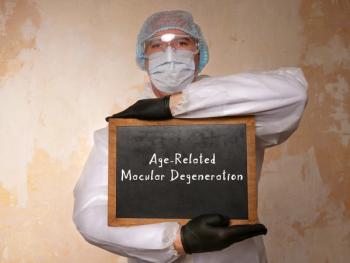
Korean biotech company MDimune Inc. and scientists from the Clear Vision Research Lab at The Australian National University hope to turn recent research milestones into potential treatments for AMD.

The study, co-led by Griffith University’s Menzies Health Institute and South Korea’s Center for Convergent Research for Emerging Virus Infection, Korea Research Institute of Chemical Technology, aims to understand how SARS-CoV-2 affects the eyes and whether it could serve as a virus infection route.


The results represent a major step towards first in-human clinical studies for this program - the first potential therapy for patients with geographic atrophy secondary to AMD that addresses the underlying causes of the disease.
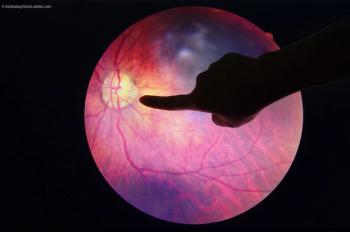
According to physician, this therapeutic may prove to be a treatment option for these diseases.

The company is currently developing sustained release ophthalmic therapeutics aimed at reducing the frequency of intravitreal injections required to treat a wide range of retinal diseases.
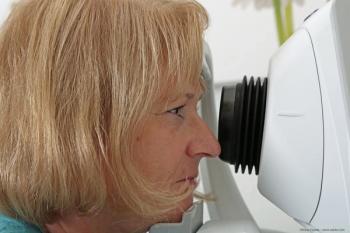
David Eichenbaum, MD, FASRS, shared difficult cases of diabetic macular edema (DME) and age-related macular degeneration (AMD) and insights into patient care.

OPT-302 in combination with standard-of-care anti-VEGF-A agents shown to improve visual acuity, anatomic endpoints.

The submission of 24-month efficacy data from DERBY and OAKS is classified as a Major Amendment to the New Drug Application, which delays the PDUFA target action date until February 2023.

In a real-world setting, eyes with AMD with a relatively good initial best-corrected visual acuity and no fibrovascular pigment epithelial detachment sustained or improved BCVA after anti-VEGF therapy within 3 years of follow-up.

Carl Danzig, MD, points out that the sooner patients can be diagnosed, the sooner ophthalmologists can treat them and preserve their vision.

The company noted that testing of a commercial supply of the implants, which included exposing them to multiple punctures with a needle, found they did not meet their standards. The company has notified the FDA, and is working with the agency on the recall process.

According to data released at the American Academy of Ophthalmology's 2022 annual meeting, a large number of wet AMD patients do not return for treatment.

Investigators reported that intravitreal steroid injections were the bases for more cases of endophthalmitis compared with other intravitreal injections.

Tom Ruggia, President and CEO of Samsara Vision, provides updates on the lead asset for late-state age-related macular degeneration: Smaller-incision, new generation, implantable miniature telescope (SING IMT).
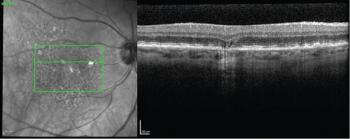
In an attempt to halt the progression of dry AMD and geographic atrophy, the use of high-resolution optical coherence tomography becomes pivotal.

The authors noted that the proportion of patients losing fewer than 15 letters from the baseline BCVA score in the study eye was comparable between the ranibizumab and biosimilar treatment groups.

The clinical trial is examining the efficacy of two doses of UBX1325 compared to every other month treatment with aflibercept through 24 weeks.

Roche’s treatment of faricimab is the first and only FDA-approved medicine targeting two distinct pathways, angiopoietin (Ang)-2 and vascular endothelial growth factor (VEGF)-A, that often cause retinal diseases that may cause visual loss.
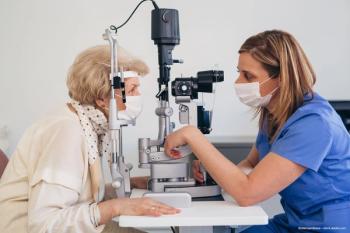
Researchers found that the rate of visual decline increased significantly in patients with age-related macular degeneration during the COVID-19 lockdown who were followed over time.
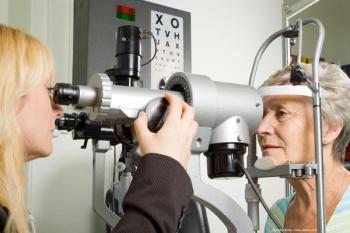
LUNA trial will evaluate the 2x10^11 vg/eye (2E11) and a new lower 6x10^10 vg/eye (6E10) dose of Ixo-vec, with enhanced prophylactic steroid regimens in patients requiring frequent anti-VEGF injections. Interim data anticipated throughout 2023.

Automated quantitative fluid analyses are enabling personalised treatments, better patient outcomes

Regeneron announced that the primary endpoints were met in two pivotal trials investigating novel aflibercept 8 mg with 12- and 16-week dosing regimens in patients with diabetic macular edema and wet age-related macular degeneration.
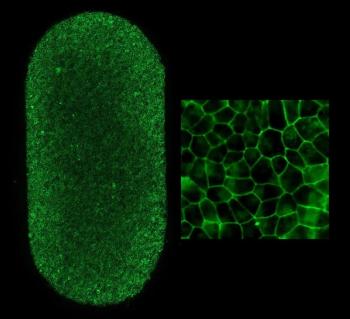
According to the National Institutes of Health, the therapy was derived from the patient’s blood by converting blood cells to iPS cells which were then programmed to become retinal pigment epithelial cells, which were surgically implanted as a patch of tissue.